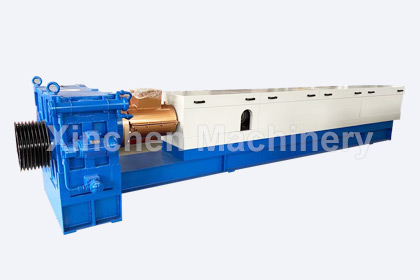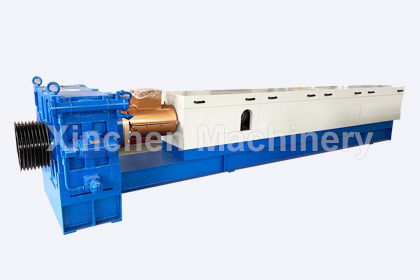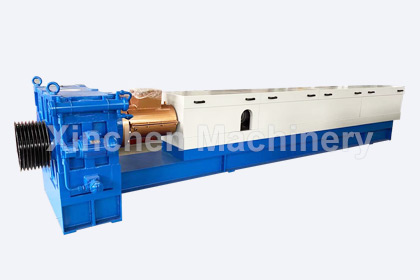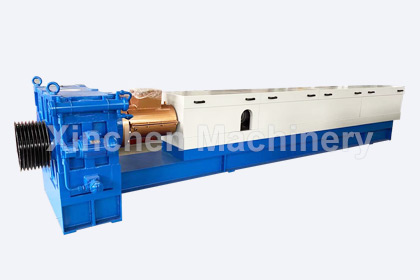How to make good quality WPC windows and doors
Date:2022-3-21 Author:
What is WPC windows and doors? Let’s know what is WPC first. WPC is a new composite material, characterized by green environmental protection, plastic instead of wood. Wood Plastic Composite (WPC) is an emerging class of materials. In the most common sense, the acronym WPC’ stands for a fairly broad class of composites made from pure or recycled plastics with natural fiber fillers, The plastics can be high density polyethylene (HDPE), polypropylene (PP), polystyrene (PS) and polyvinyl chloride (PVC), while natural fibers include wood flour and linen fibers.So the wpc windows and doors is windows and doors made up with WPC.
The method of making WPC windows and doors.
Due to the metal material performance, processing accuracy, equipment manufacturing cost and market price , there are still some problems in domestic plastic wood processing equipment, such as processing output is generally not high, screw service life is not long, the displacement is not enough.
Wood plastic molding equipment has developed from the earliest single screw extruder into the second generation of conical twin screw extruder, which is widely used but has many problems.
Due to the large amount of wood powder and plant fiber, it is difficult to plasticize the resin wrapped in it. Therefore, the equipment is required to have a high back pressure resistant gearbox, strong screw driving force and excellent plasticizing performance.
The conventional conical twin screw extruder screw is a whole screw, short diameter, short residence time of the material, it is difficult to achieve the mixed dispersion and uniform plasticizing of the material, coupled with the unreasonable design of the screw structure, it is easy to cause the wear of the barrel and the screw, and finally cause cracking until fracture.
This is especially true for large WPC windows and doors.
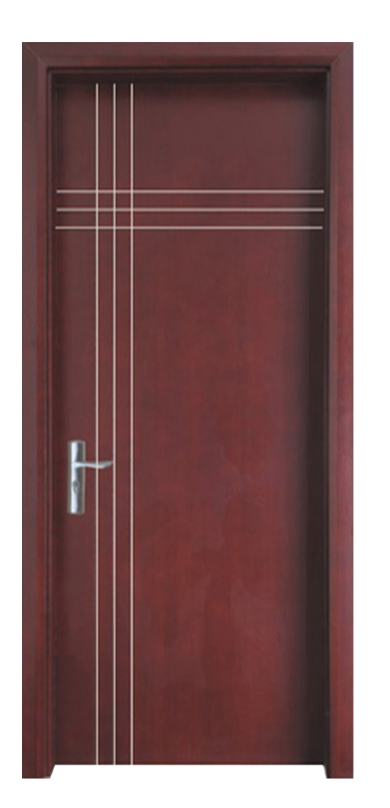
Direct extrusion is one of the main methods to produce WPC windows and doors. However, for thin-walled and hollow profiles, the forming process requires pre-drying, premixing and granulation of raw materials, and the use of vacuum forming die. Until now, all hollow WPC door and window profiles are still extruded by Polyethylene cable.
Aspen automatic Extrusion Processing and Design, based in Minnesota, has changed that. The company is specialized in developing and designing WPC extrusion die heads and related downstream equipment.
The company uses 50% wood flour mixed with PVC to make the door and window profiles, which consist of two hollow sections. The PVC is divided into two layers, one white and one dark grey. The profile is 3.5in.
Wide and 0.080in. Direct extrusion has cost advantages. By eliminating the pre-drying process, you can save 6 to 7 euros per pound of material, and $12 to $15 per pound of material without granulating.
The core of the extrusion system is a parallel and counter-rotating extruder (KMD90-36 of Krauss-Maffei), which is 15 to 20 percent cheaper than a conventional conical twin screw extruder.
One of the major problems faced by direct extrusion of custom-made materials for thin-wall profiles is how to deal with changes in WPC raw material density, as uneven feed can impact the die head.
